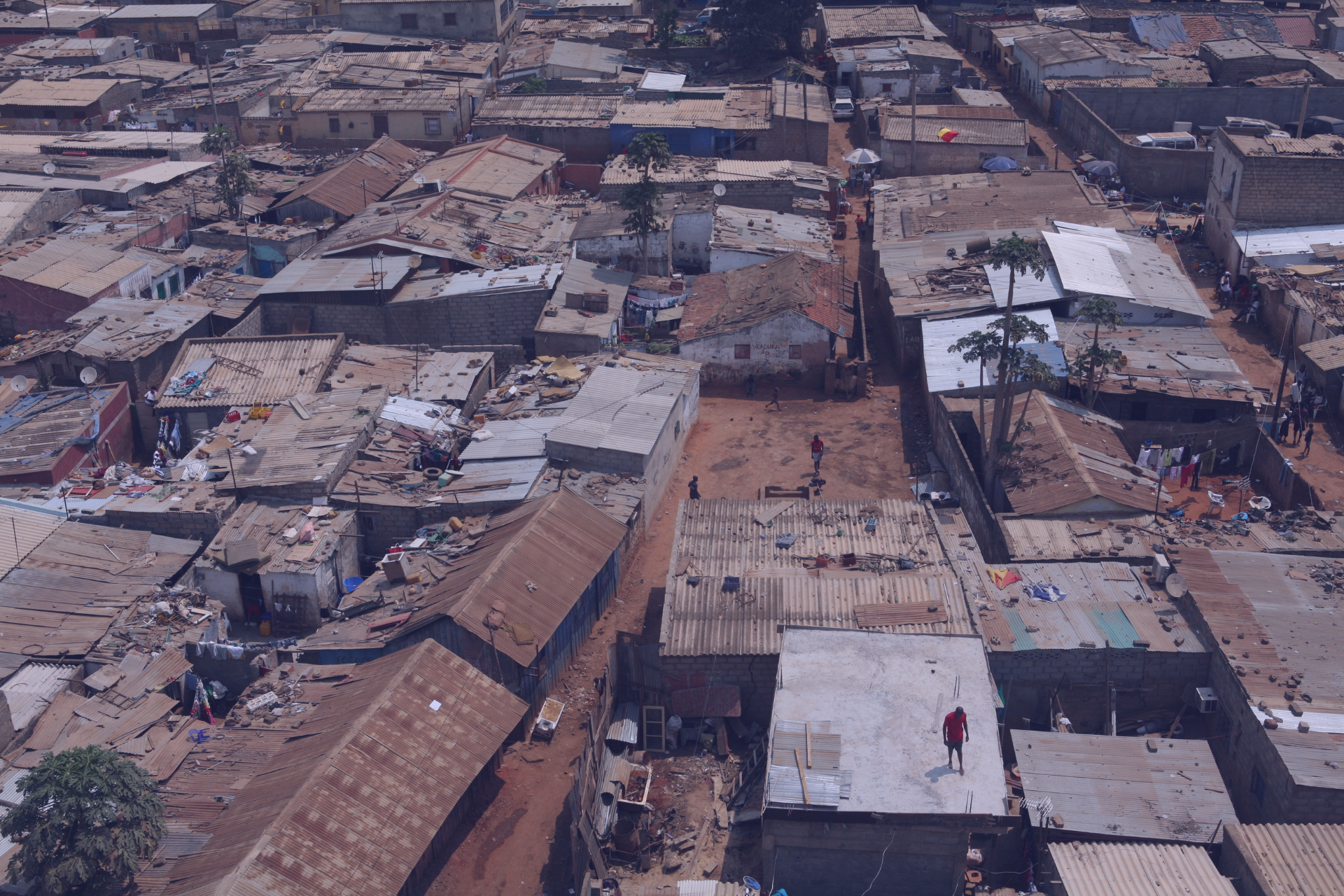Extreme poverty is defined as living below the global extreme poverty line, set at $2.15 per day. In 2022, 9% of the world’s population—712 million people—lived in extreme poverty, according to the latest data from the World Bank.
Over the past two decades, over one billion people have escaped extreme poverty. However, the data also shows that compared to 2019 an estimated 23 million more people are living in extreme poverty, mainly due to the severe impact of the COVID-19 pandemic according to the World Bank.
Most regions have made progress in reducing extreme poverty
Since the start of the millennium, all regions except the Middle East & North Africa have seen declining shares of people living in extreme poverty. The largest reductions have come in East Asia and the Pacific, where the poverty rate has declined from 40% in 2000 to under 1% in 2022.
Note that data for beyond 2019 is limited in Sub-Saharan and the Middle East and North Africa, and as such the World Bank does not report estimates for 2020-2022 for these regions.
Despite the overall global progress, over a third of the population in Sub-Saharan Africa lived in extreme poverty in 2019. The region accounts for over 400 million of the global population living in extreme poverty.
Almost all countries with high extreme poverty rates are in Sub-Saharan Africa
Most countries with extreme poverty rates above 15% are in Sub-Saharan Africa. The highest extreme poverty rates can be found in Madagascar, Mozambique and Malawi.
Democratic Republic of the Congo (73M), Nigeria (61M) and India (52M) are the three countries with the highest number of people living in extreme poverty.
About the data
The source of the data used in this tracker is the World Bank Poverty and Inequality Platform.
Projections for 2020 and beyond are from the the lastest UN SDG 2023 progress report.
Changelog
- Updated March 2024 with new data for 2019-2022 from the World Bank.
- Updated September 2023 with the latest projections from the UN SDG 2023 progress report.
- Updated March 2023 with the latest global and regional estimates from the World Bank.
- Initial release October 2022.

